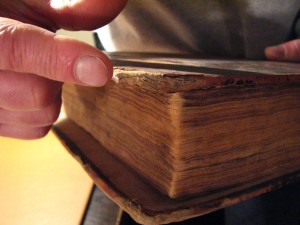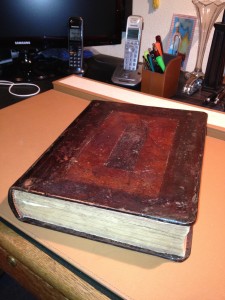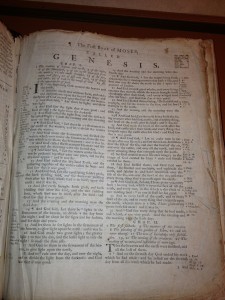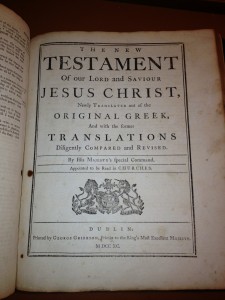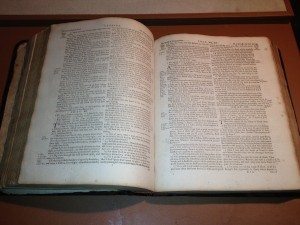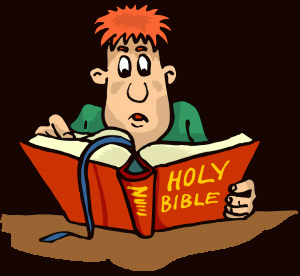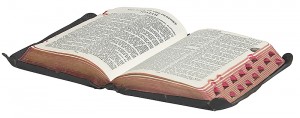The Link Between the Infinite and the Finite — A New Paradigm in Which to View the Bible
The Torah Connection
If you were the infinite, omniscient and loving Creator of the universe who made man in his own image to have a relationship with him, how would communicate with finite man? How could you pour all that you know and are into man, so that he could experience the love, joy, peace, goodness, holiness, wisdom, understanding and truth that you have? It would be like trying to pour the world’s oceans into a thimble. The best you could do would be to distill down the essence of who you are and what you know into the simplest and most basic form and then give it to man in hopes that he would accept and understand it and then apply it to his life.
This is exactly what YHVH Elohim did when he gave man his Torah. The Torah is a small kernel representing the essence of the very mind, will, character and heart of the Creator, and it’s his gift to man, for man to live an abundant leading to immortality in Elohim’s eternal kingdom.
How do we know this? The Bible likens the Torah that emanates from the Eternal Creator to divine light that pierces the spiritual darkness of the man’s physical existence. Moreover, the Torah is like a path that leads man to YHVH Elohim, the Creator. It is the epitome of all wisdom, knowledge and understanding that when embraced and obeyed leads man to the fulfillment of his highest desires. This very Torah is revealed in the pages of the Bible from Genesis to Revelation. Yes, not just in the books of the law of Moses, but in the New Testament or Testimony of Yeshua as well! It is there for those who will remove their religious blinders and open their eyes to the truth that has always been there.
The Living and the Written Torah Is the Central Theme of the Bible
The Living (Yeshua the Messiah) and Written Torah (specifically the biblical books of Genesis to Deuteronomy, and in the larger sense, the entire Old Testament or Tankah) is the dominant theme of the Bible. They are one in the same thing—totally unified and absolutely indivisible, which is why I used the singular verb is and not the grammatically correct plural form of the vert to be in the previous sentence. Another way to say this is that the whole Bible is about Yeshua the Torah-Word of Elohim who was made flesh (John 1:1, 14).
To illustrate this point, as we shall discuss later, we find this dominant theme prominently highlighted at the beginning, middle and end of the Scriptures. This brief study is, by no Continue reading






